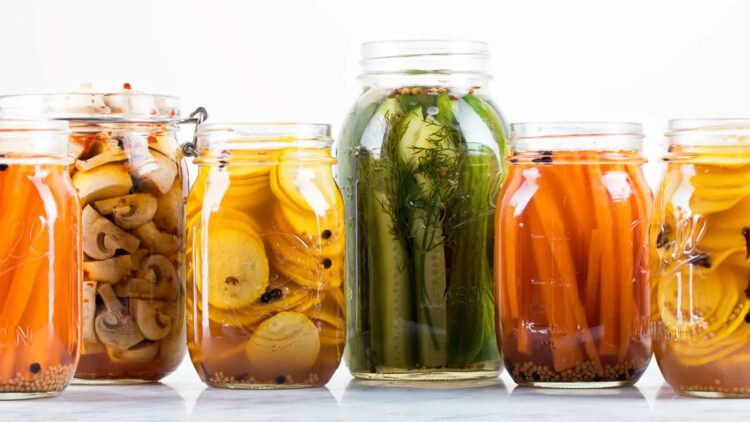It’s common knowledge that eating too much salt is bad for you, but it can be even more dangerous for senior citizens. Through its MyPlate program, the U.S. Department of Agriculture warns that most seniors consume far more sodium than is advised and that many foods preserved in vinegar or brine have high sodium content.
Especially after 65 years old, eating excessive amounts of salt may harm the heart, kidneys, and blood vessels. Brined foods, pickles, processed meats, canned soups, and condiments like ketchup or soy sauce are some of the main contributors. These tiny amounts might not seem like much, but they quickly build up.
Why aging makes salt more dangerous
The body’s sensitivity to sodium rises with age. When people age, high blood pressure can develops naturally because the kidneys are less efficient at eliminating it. One of the best strategies for older adults to safeguard their hearts and reduce their risk of cardiovascular disease is to cut back on salt consumption, according to the U.S. Department of Agriculture.
Pickled, cured, and smoked foods tend to be high in salt. A single serving of bacon, ham, smoked fish, or pickled vegetables can have hundreds of milligrams of sodium, which is sometimes more than half of the recommended daily intake.
Keeping sodium intake below 2,300 mg per day, or about one teaspoon of salt, is advised by the Dietary Guidelines for Americans. Numerous older adults, frequently without realizing it, consume nearly twice as much, according to studies. Monitoring salt intake is very important for people with high blood pressure, heart disease, or kidney issues.
How to eat less sodium without loosing taste
Many people think that if we take salt out of the picture, food is going to be immediately boring. But if you get creative, your plates can taste as good as usual just by mixing up some flavors and nutrients. You will get healthier meals that are still very tasty.
According to experts, here’s how you can do it:
- Change your sides: Instead of pickles and brined foods, try roasted or fresh vegetables. Another great replacement for salty snacks are unsalted nuts.
- Choose fresh proteins: eat more lean beef, fish, or fresh chicken instead of processed meats like salami or ham. And use lemon juice, garlic, or herbs to add flavor.
- Use herbs and spices: Dill, paprika, cumin, and pepper can all naturally give off potent flavors. Herbs like parsley or basil, citrus, and vinegar provide freshness without adding sodium.
- Watch out for condiments: A lot of salt is usually hidden in sauces and dressings. Make your own sauces with vinegar, yogurt, or olive oil.
- Stay hydrated: Drinking water balances sodium levels in the body and supports the health of the kidneys.
If it feels to complicated, or you’re not sure where to begin, you can always ask a doctor to have a look at your typical diet, and recommend some substitutions that can fit your routine and taste better.
Small changes make a big difference
Reducing sodium is about making better decisions, not about sacrificing flavor. By reading nutrition labels, limiting the consumption of salt, and selecting fresh foods, older adults can safeguard their health, according to MyPlate and the US Department of Agriculture.
Following to the Dietary Guidelines for Americans helps promote better nutrition in older adults and improves general health in addition to preventing high blood pressure and cardiovascular disease.
And if your not yet a senior citizen, you can start now too: salt is not necessary for a tasty plate. You can enjoy your meals, protect your health, and feel better every day with a little lemon, fresh herbs, and careful choices instead.

